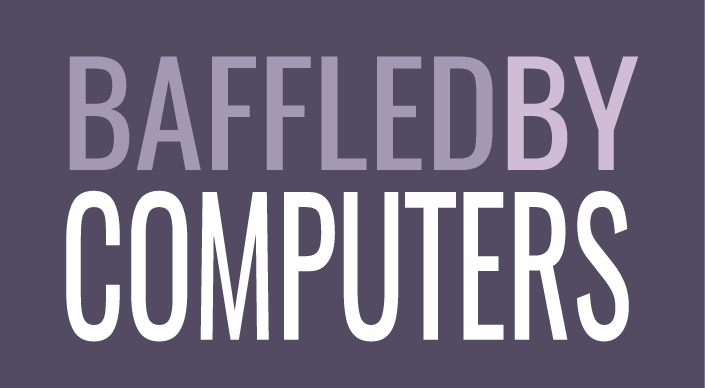A remote Native American tribe is among the first users of Elon Musk’s Starlink space internet project after it connected to SpaceX’s constellation of satellites.
The Hoh Tribe in Washington State said Starlink’s high-speed broadband enabled remote learning and telehealth appointments during the coronavirus pandemic for the first time.
“We’re very remote. The last eight years I felt like we’ve been paddling up river with a spoon and almost getting nowhere with getting internet to the reservation,” said Melvinjohn Ashue, vice chairman of the Hoh Tribe.
“It seemed like out of nowhere, SpaceX came up and just catapulted us into the 21st century.”
There are currently around 800 Starlink satellites in low-Earth orbit, offering internet connectivity to northern areas of the US and Canada. SpaceX eventually plans to launch tens of thousands more satellites to provide “near global coverage of the populated world by 2021”.
The Hoh Tribe were introduced to Starlink through the Washington State Department of Commerce, which sits within the current reach of the Starlink network.
It is one of several early testers of Starlink , with emergency responders in Washington State also recently using the network to set up a WiFi hotspot for residents of Malden after 80 per cent of the town was destroyed by wildfires.
The Hoh Tribe revealed that internet speeds prior to Starlink ranged from between 0.3 and 0.7 megabits per second (Mbps) – a long way off the 100Mbps advertised by SpaceX.
Responding to a tweet from the Hoh Tribe, SpaceX CEO Elon Musk said: “You’re most welcome.”
SpaceX has received criticism from astronomers for disruption caused by trails of Starlink satellites crossing the night’s sky.
The satellites are launched in batches of 60, creating long strings of bright lights that have prompted UFO reports after several of the launches.

SpaceX is working with various observatories and organisations in an attempt to minimise the visibility of its Starlink satellites, and recently began painting them back and tilting the solar panels to make them less visible from the ground.
A report by hundreds of astronomers at the Satellite Constellations 1 (Satcon1) workshop earlier this year concluded that “no combination of mitigations” will be able to completely prevent their impact on astronomical observations and scientific progress.
